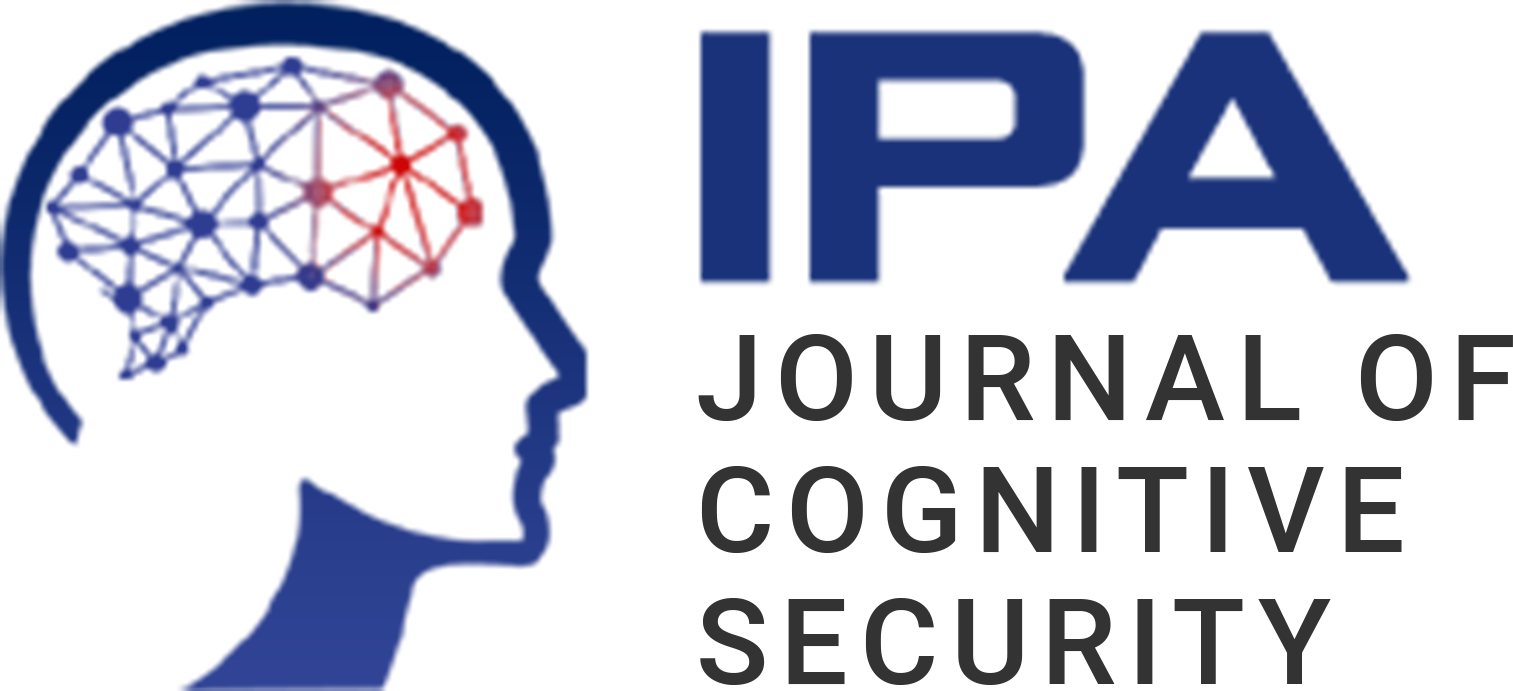The Washington Post reviews the latest book from photojournalist Jonas Bendiksen, “The Book of Veles,” a book that is a compendium of fakery intended to shock even the most discerning news organization and make us wonder if anything we see or read is real. Bendiksen’s project is complicated. On its surface, “The Book of Veles” is a photo documentary on Veles in North Macedonia, an economically failed town that became the epicenter of political misinformation across social media during the 2016 U.S. Presidential election. Bendiksen’s book also weaves in the text of the original “Book of Veles,” a collection of 40 ‘ancient’ wooden boards discovered in Russia in 1919, written in a proto-Slavic language, that was claimed to be a history of the Slavic people and the god Veles himself—the pre-Christian Slavic god of mischief, chaos and deception. How could the story be any more serendipitous?
But here’s the kicker. The whole book is a ruse. Bendiksen manufactured nearly every aspect of “The Book of Veles.” He fabricated the people in the photographs he took during his visits to Veles, creating computer-generated avatars to represented the people of the famed town. He loaded text from disinformation sites, social media quotes, and other sources into an artificial intelligence application to craft the essays contained in the book. It’s not clear whether the original Book of Veles is real. And what’s more, he fooled his own profession – photojournalists who he claimed are typically expert at spotting fakes and conducting fact checking.
The Washington Post review and an interview with Bendiksen by Magnum Photos, “The Book of Veles: How Jonas Bendiksen Hoodwinked the Photography Industry,” detail how and why he did it. He even bought a fake social media persona to help launch a social media attack on his work, only furthering the interest and perpetuation of the misinformation.
Bendiksen’s success at creating a product perceived by his own journalism peers as real shows how easy it can be to deceive and be deceived, and raises another concerning issue. Do people really care if they are being fed partially or fully fabricated material and how, if at all, will they try to verify information? What can be done about the increasing availability of tools, AI, machine learning to created fabricated images, data, and video, and to help spread them around public spaces, where influencers continue to share them to other groups? Bendiksen’s project seems like the start of an excellent case study. I wonder how many other fake books or articles about real places that manufacture fake news are already out there?

Ouch.